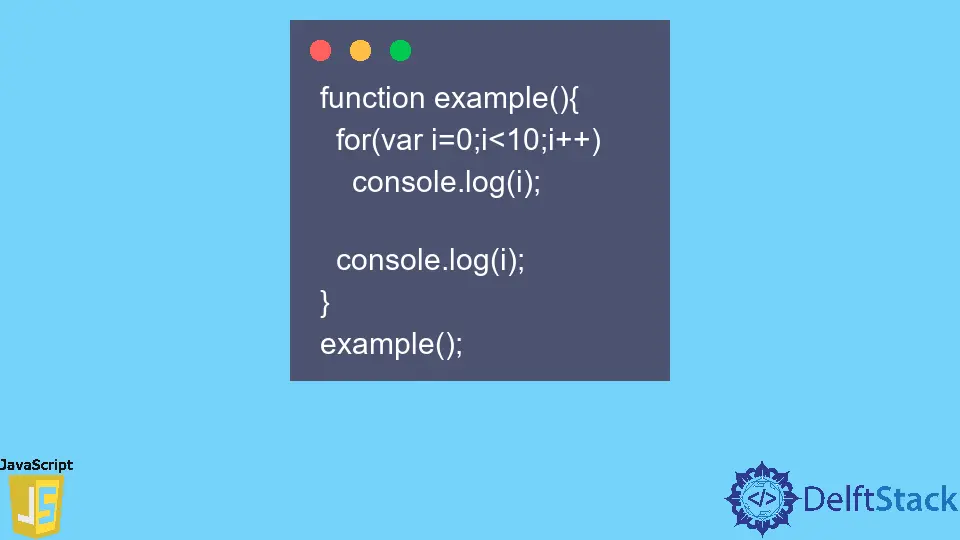Difference Between let and var in JavaScript

This tutorial article explains the actual working of both var and let keywords in JavaScript and also their key differences.
Like other programming languages, JavaScript has variables to store values and data. And in JavaScript, we use both let and var keywords to declare variables.
Some people think these two keywords can be used interchangeably, but that is not true. The key differences between the two can cause major errors in our programming.
Before the ES6 update to JavaScript, there was only one way to declare variables and constants in JavaScript. But since the ES6 update, we now have let and const keywords used to declare variables and constants.
One of the major reasons for adding the let and const keywords to JavaScript was that the variable declared with the var keyword was not the block in which it was declared. Instead, its scope was limited to the function, causing some programming problems, which we will discuss in the latter part of the article.
Let us look at this code segment for a better understanding.
function example() {
for (let i = 0; i < 10; i++) console.log(i);
console.log(i);
}
example();
In this code segment, we declared variable i in the for loop and used a console.log to get the values of the variable. We have not used the {} brackets after the for loop, so the block for the for loop is only the very next line.
However, we have used an extra console.log to show the value of i. But the second console.log will not be able to get the value of variable i and will show the following error:
ReferenceError: i is not defined
This error occurred because the scope of the variable i was only for the for loop block and could not be accessed outside the block. So, in this way, we cannot use the variable outside the block as the variable declared using the let keyword has its scope limited to the block only.
To see the difference between let and var look at the following code segment:
function example() {
for (var i = 0; i < 10; i++) console.log(i);
console.log(i);
}
example();
In the code above, we can observe that we have used the var keyword in place of the let keyword.
While there remains the same two console.log in the previous example, in this case, the second console.log will also have an output. So, let us have a look at the output:
0
1
2
3
4
5
6
7
8
9
10
The first console.log printed the values starting from 0 to 9, as was the condition i<10.
But we can see 10 as an output that certainly did not come out of the first console.log. Therefore, this 10 is the second console.log output.
The problem here is, the variable i was supposed to be used within its block, but as it was accessed by the console.log outside the block, it means it has exceeded its scope.
It proves that let and var keywords are used to declare variables, but the var keyword declares variables limited to the block in terms of their scope. However, the var keyword has its scope limited to the function.
If we declare a variable outside the function, both let and var have another major difference between them. If we use the let keyword outside the function, a local variable is created that cannot be accessed from outside.
But in case we use the var keyword, it becomes a global variable. Let us have a look at the following code segment:
var color = 'blue';
let model = '2021';
Here, two variables have been declared in this code segment, one using the let keyword and the other using the var keyword. So, the variable declared using the var keyword has become a global variable and will get attached to the window object in the browser.
In browsers, we have a window object that has many properties and methods and is very complex. The front-end app developers widely know window object as they work with it a lot.
Every time we use the var keyword outside of a function, the variable becomes a global variable and gets itself attached with the window object and can be accessed from the window object. In this case, it would be accessed as window.color will show the value inside the color variable, which is blue.
We use third-party libraries and declare variables outside the function using the var keyword. If the third-party library had a variable with the same name as our variable, that variable would overwrite our variable.
It is another reason for us to avoid adding anything to the window object; we mean avoiding using the var keyword in such cases.